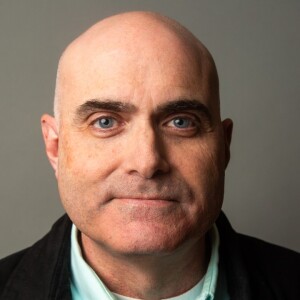SALT LAKE CITY — With 98% of the state now in extreme or exceptional drought conditions, state officials said it's unlikely there will be enough rain this summer to recover in 2021, and possibly much longer.
WATCH: Utah prepares for water shortages in ongoing drought emergency
“Utah’s precipitation is down about 38% this year compared to an average year. It’s extremely unlikely we can make up that deficit between now and the end of the watering year on Sept. 30,” Utah Department of Natural Resources Executive Director Brian Steed said in a statement.
Right now, Utah would need at least 10 inches of precipitation statewide by the end of September to get to "normal."
"Unfortunately it will take much more than an average winter to pull us out of this drought. If we get an average winter, it will take much longer than that to refill our reservoirs, our ground water and to improve our conditions statewide," Candice Hasenyager, the deputy director of Utah's Division of Water Resources.
WATCH: Engineer explains how Utah water rights work during drought
Streamflow around the state remains low, meaning reservoirs are getting less water. Reservoir levels dropped over the past week from 61% storage to 59%, with 26 of Utah's largest reservoirs going below 55% capacity.

One bit of good news, though small, is that soil moisture improved slightly and is now 6% drier than average compared to 11% a week ago.
The Great Salt Lake remains about three inches above its record low level of 4,194.4 feet, though officials say modeling shows it will break the record in July. A startling image showing the current state of the Great Salt Lake compared to how it looked in 1986 was included in the report.

"We will prioritize drinking water, sanitation and fire suppression flows. Because those are the most important things, right?" Hasenyager said.
On Utah's Capitol Hill, lawmakers are considering policies with water conservation in mind and incentivizing Utahns to switch to drought-friendly landscaping.
But there is good news: Utahns are starting to cut their outdoor water use and it's noticeable. Hasenyager said more lawns are going brown and there is a little less demand on water conservancy districts.
"I think people are heeding the word and I think we can all do more as well, right?" she said. "Our reservoirs are continuing to decrease."



